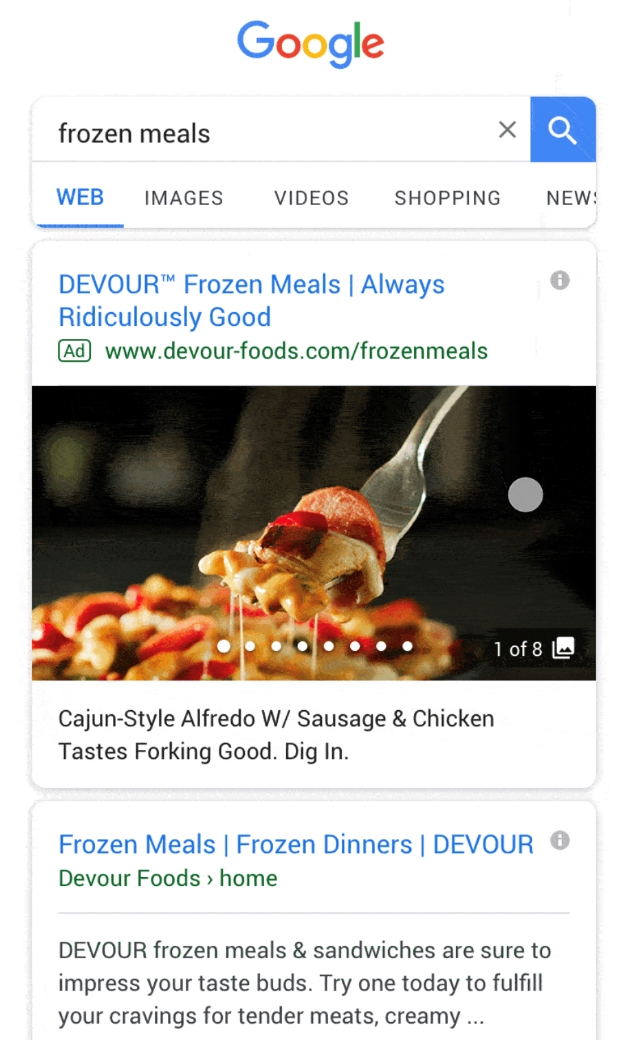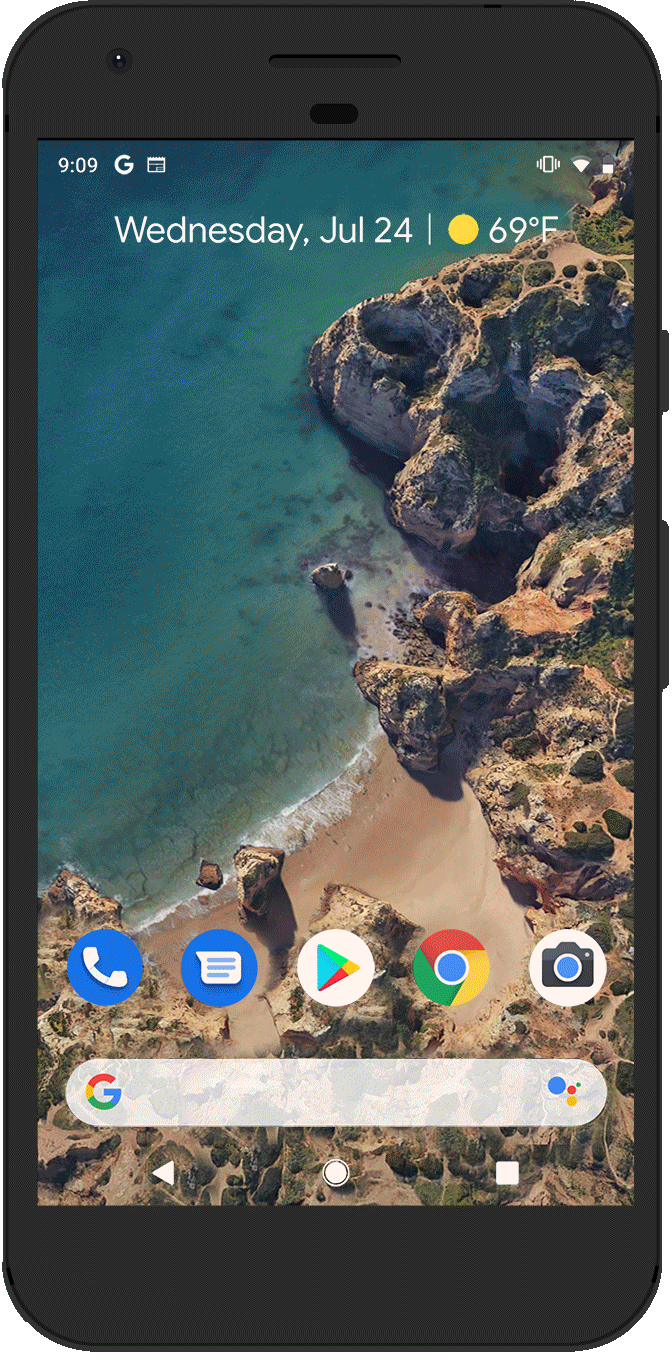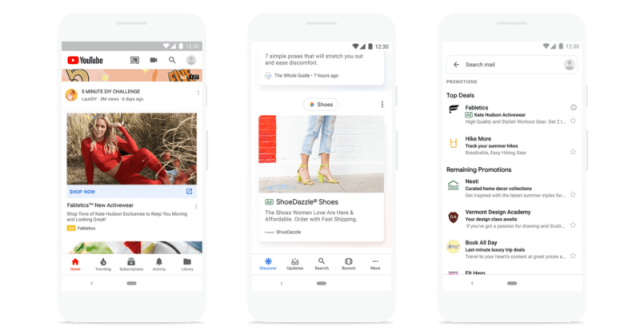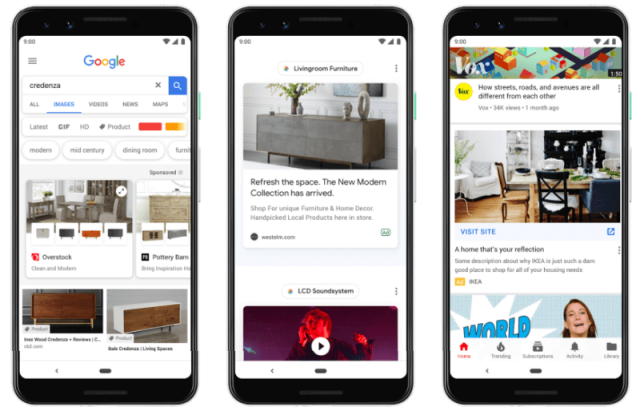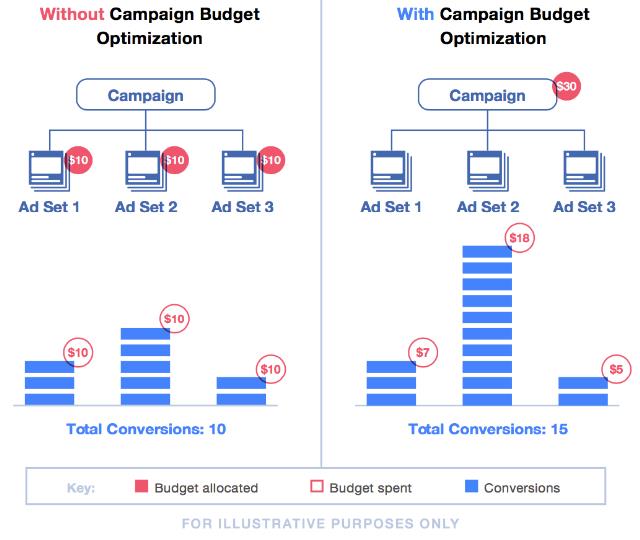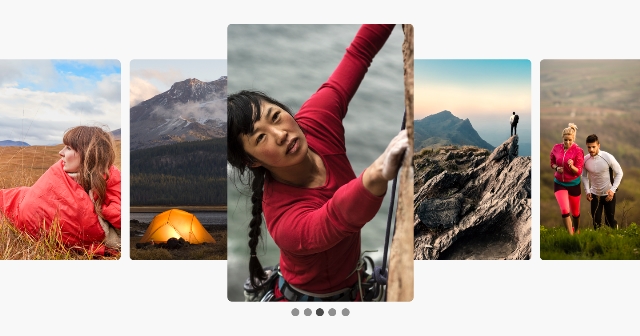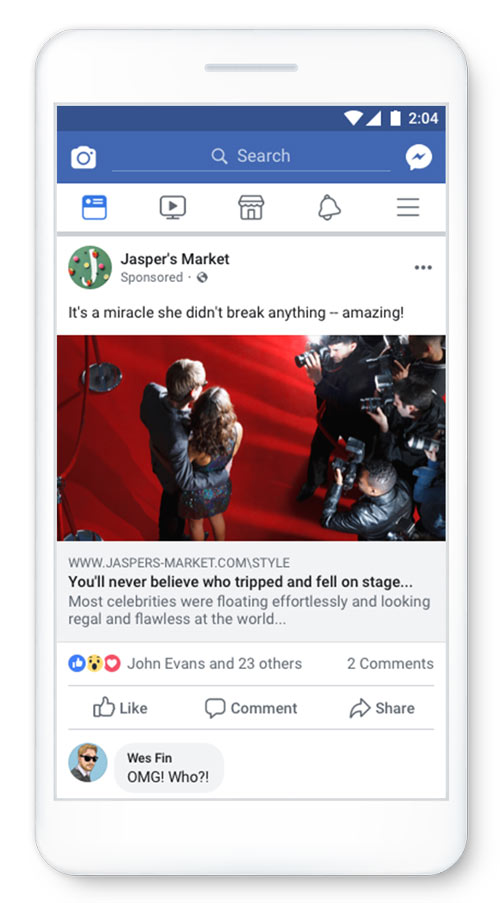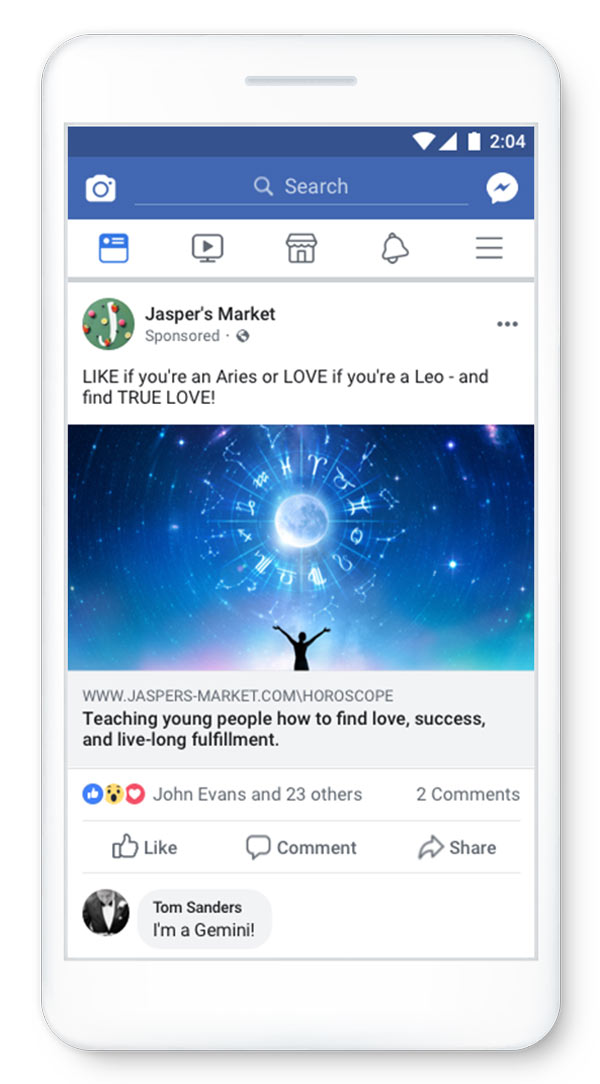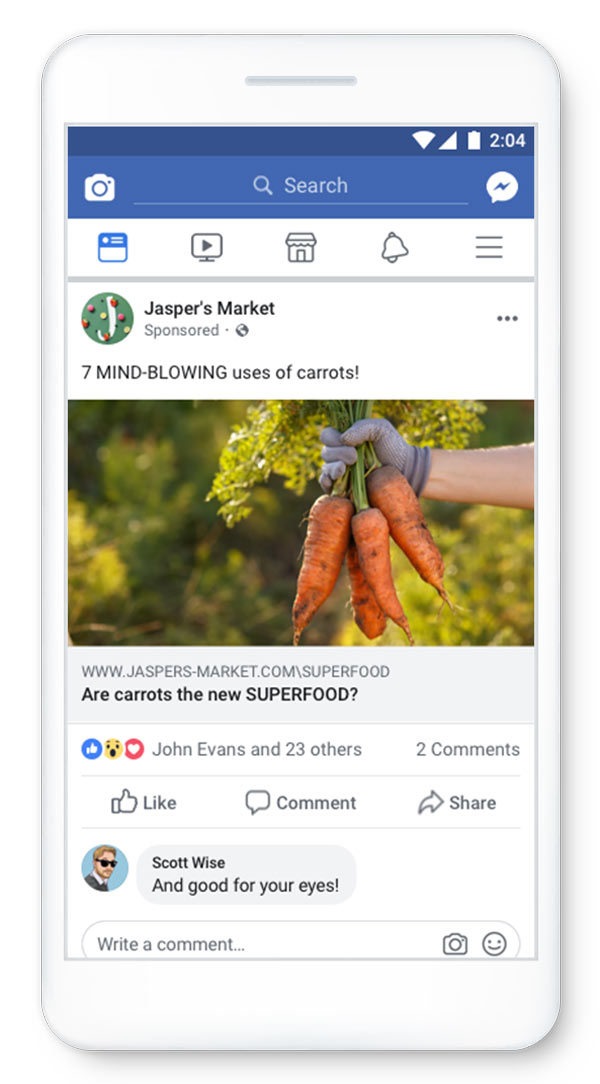A new report shows that paid search ads are the fastest growing way to advertise online for retailers.
According to the findings from eMarketer, retail advertisers in the US will spend a combined $13.12 billion on search ads in 2019, up more than 20% from last year.
In 2020, it is projected that spending will grow even more, to $15.65 billion.
While search engine advertising is an effective advertising method for most industries, the report suggests that retailers benefit more than other sectors due to specific tools and features. For example, it cites how search ads may appear in Google Maps and show local stock of specific products, which can help drive real-world traffic and sales.
Based on their data, the report estimates that 46.3% of digital ad spend from retailers will be used on search engine advertising, compared to the industry average of 41.5%.
Similarly, this rate is expected to grow even more in 2020 to account for 47.3% of total retail digital ad spending:
“Retail overindexes on search because bottom-funnel search ads are essential for driving ecommerce, and Google Shopping ads have become a go-to ad product for retail advertisers. Conversion rates for retailers using Google Shopping ads range from 1.1% to 3.1%.”
Part of this growth may be attributed to new burgeoning opportunities outside of Google’s search ecosystem. For example, the report identifies Amazon search as a potential driving force for future retail advertising.

